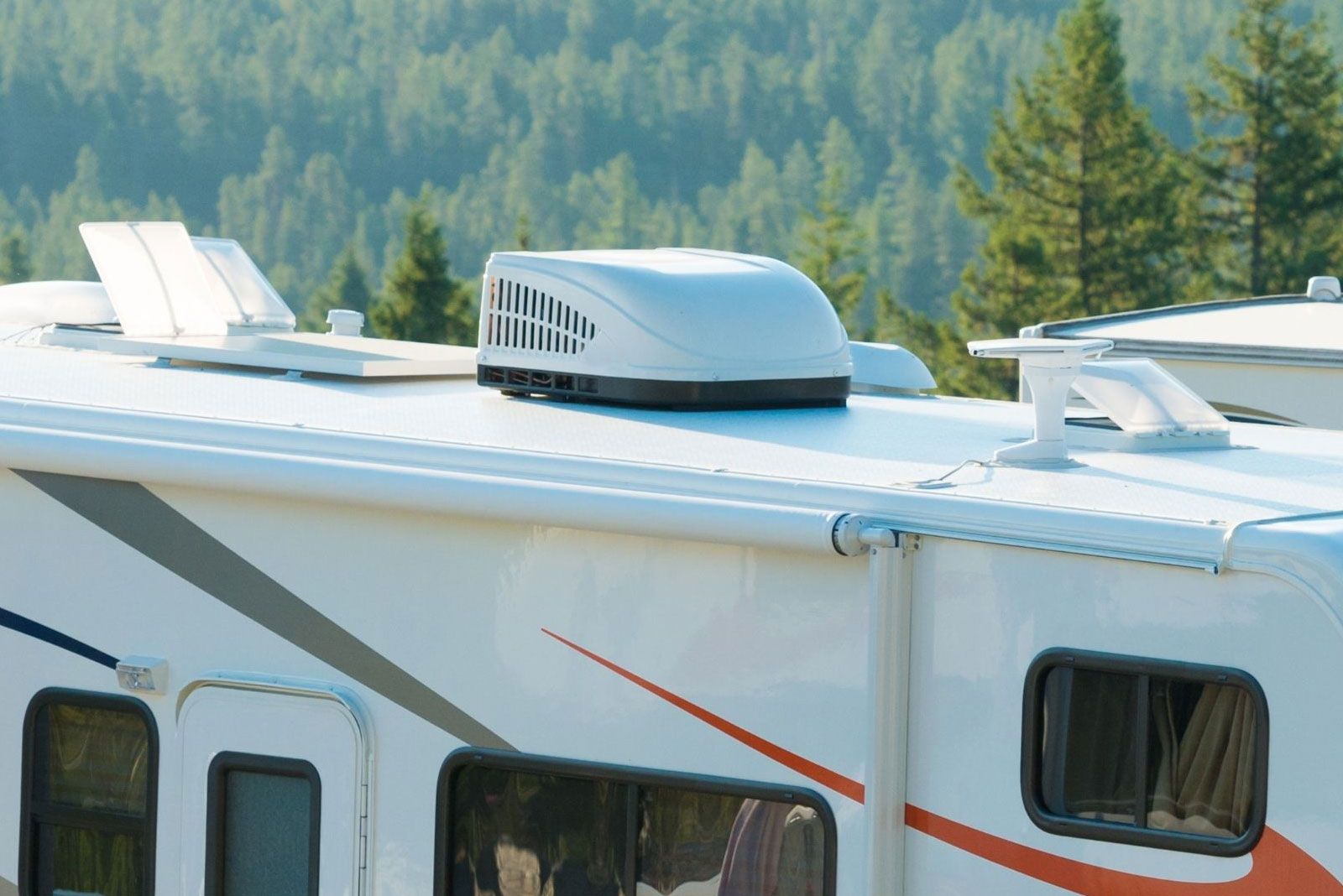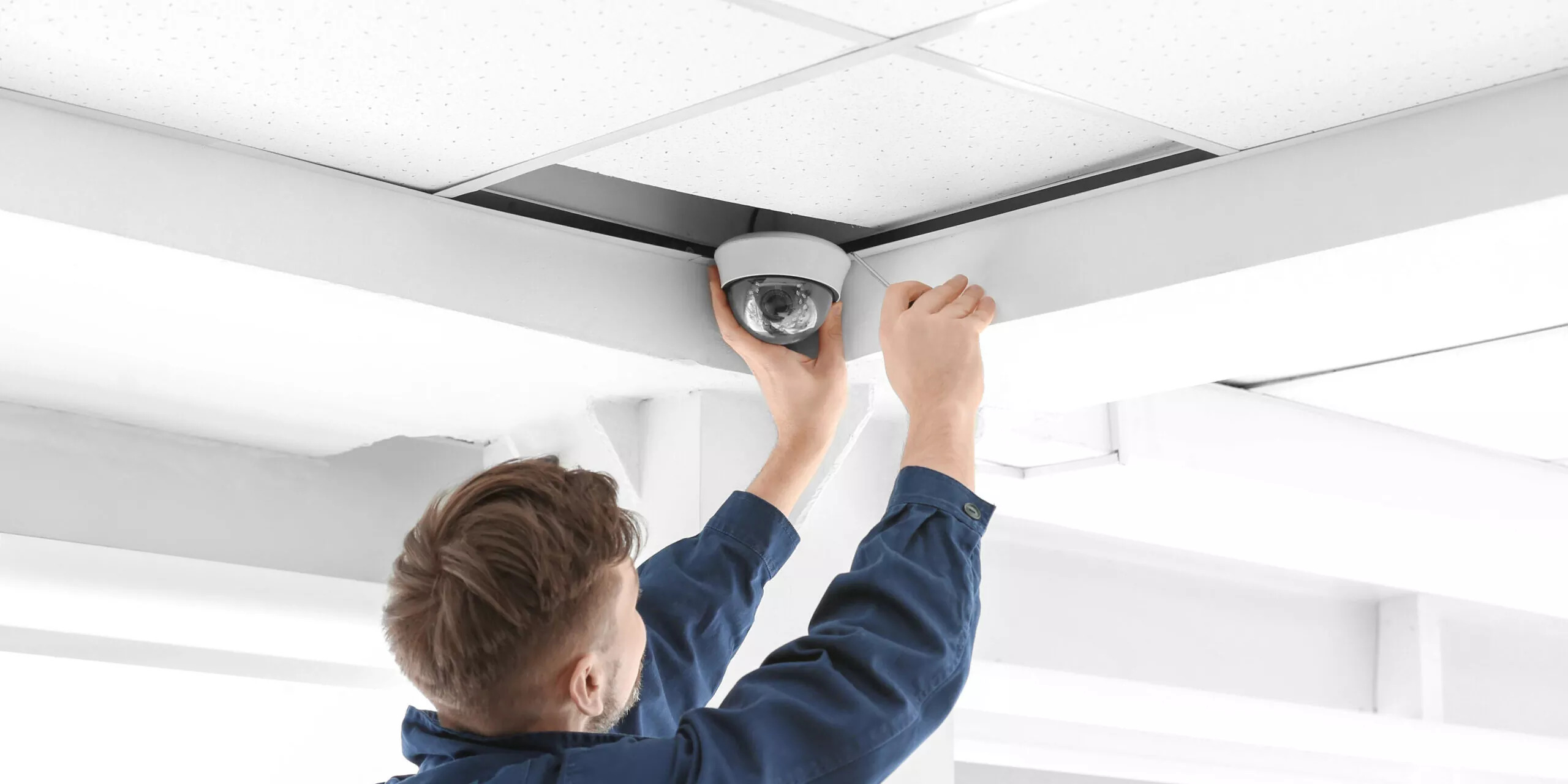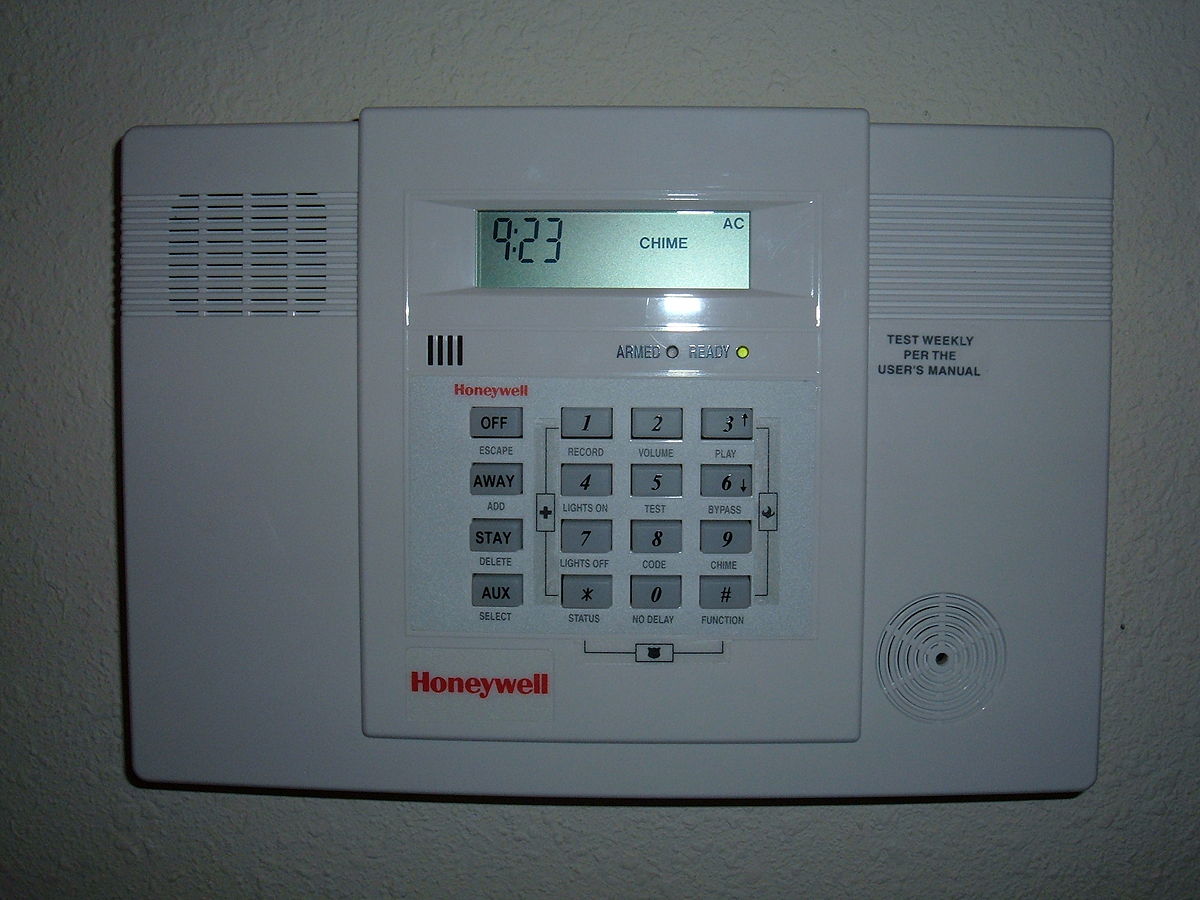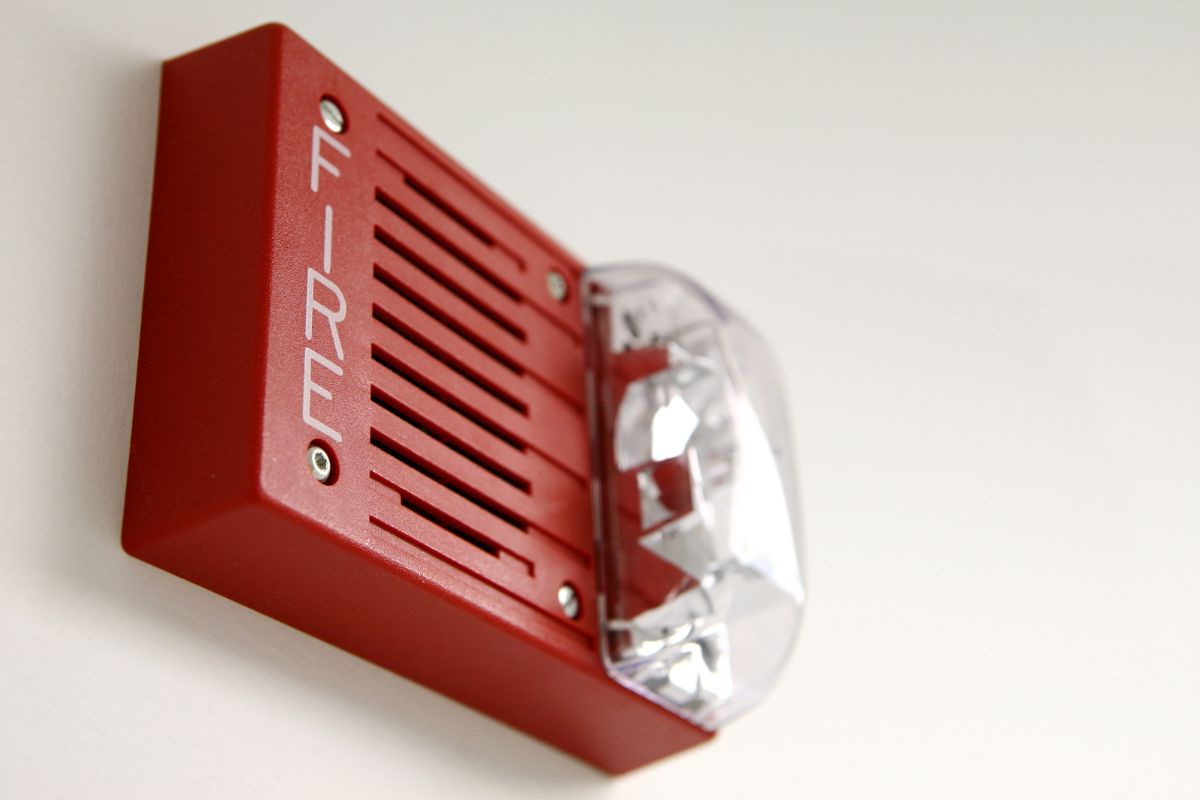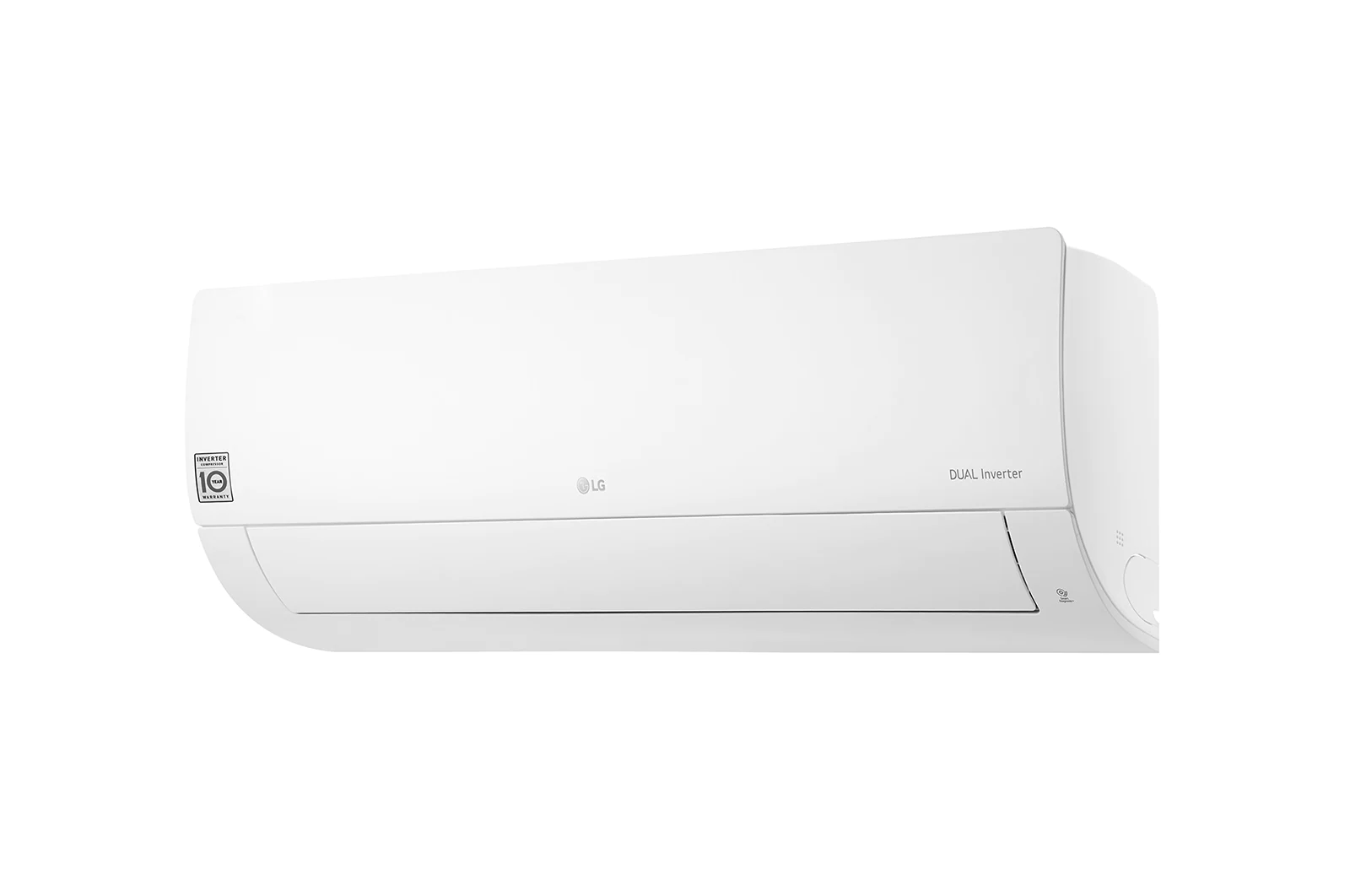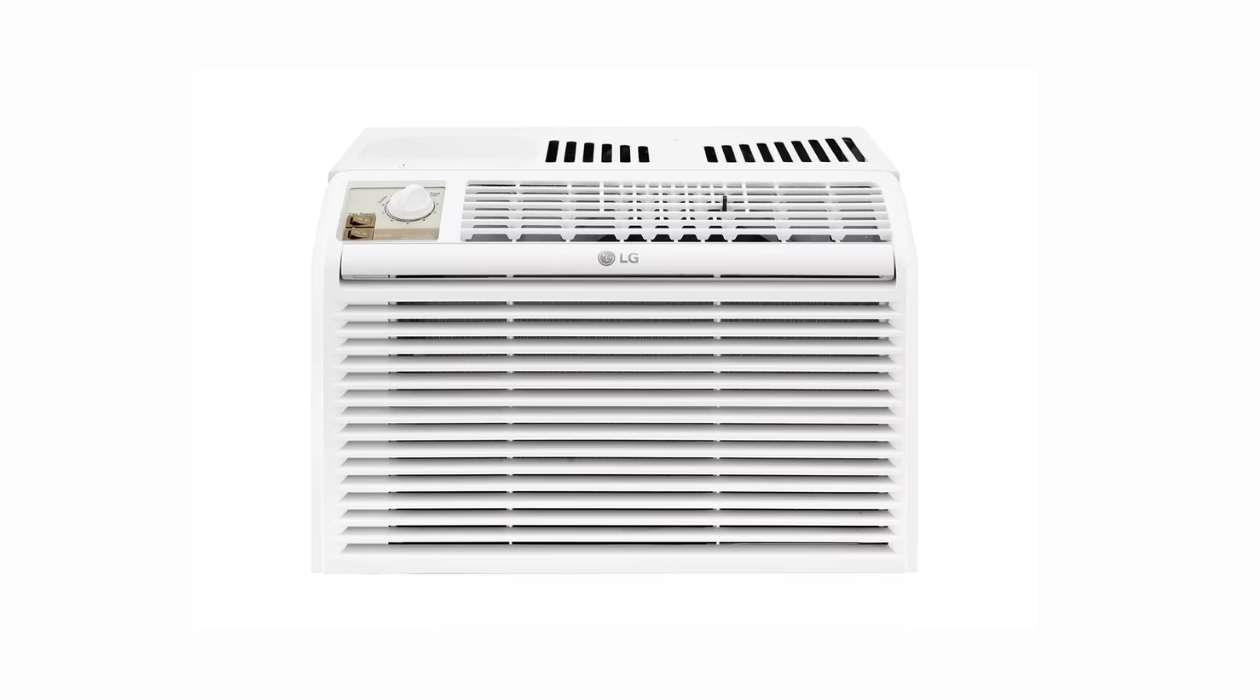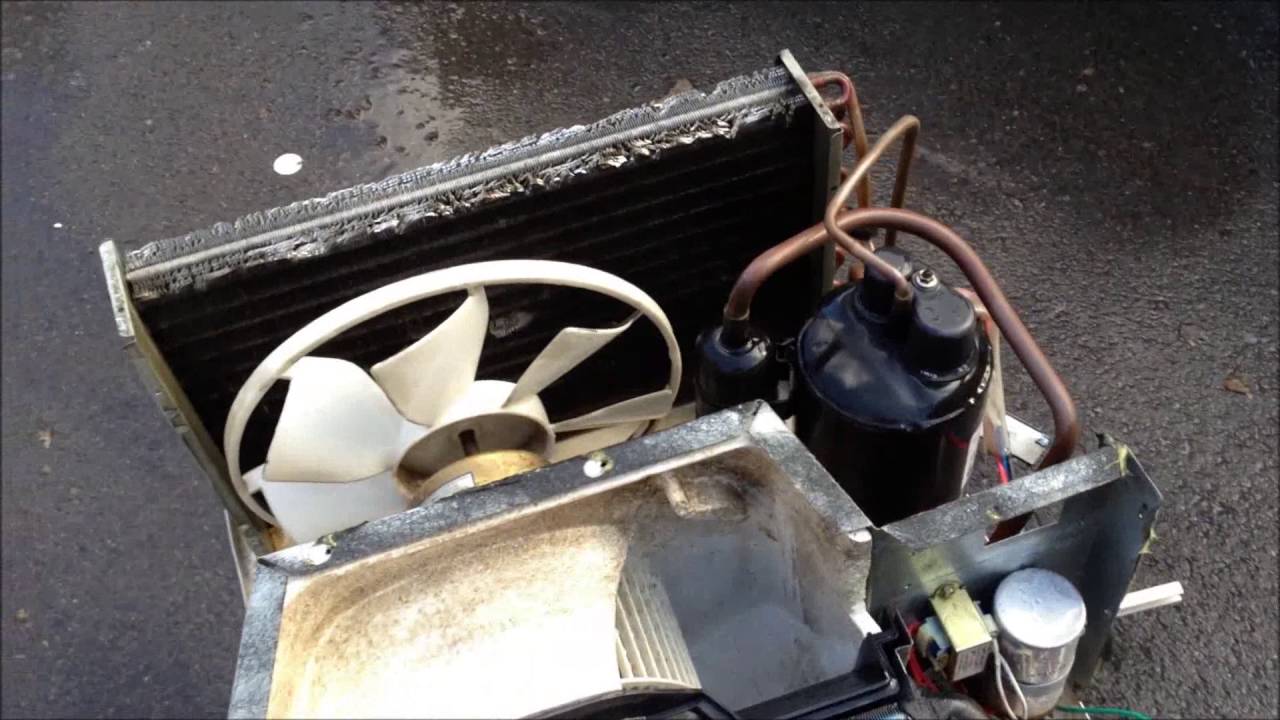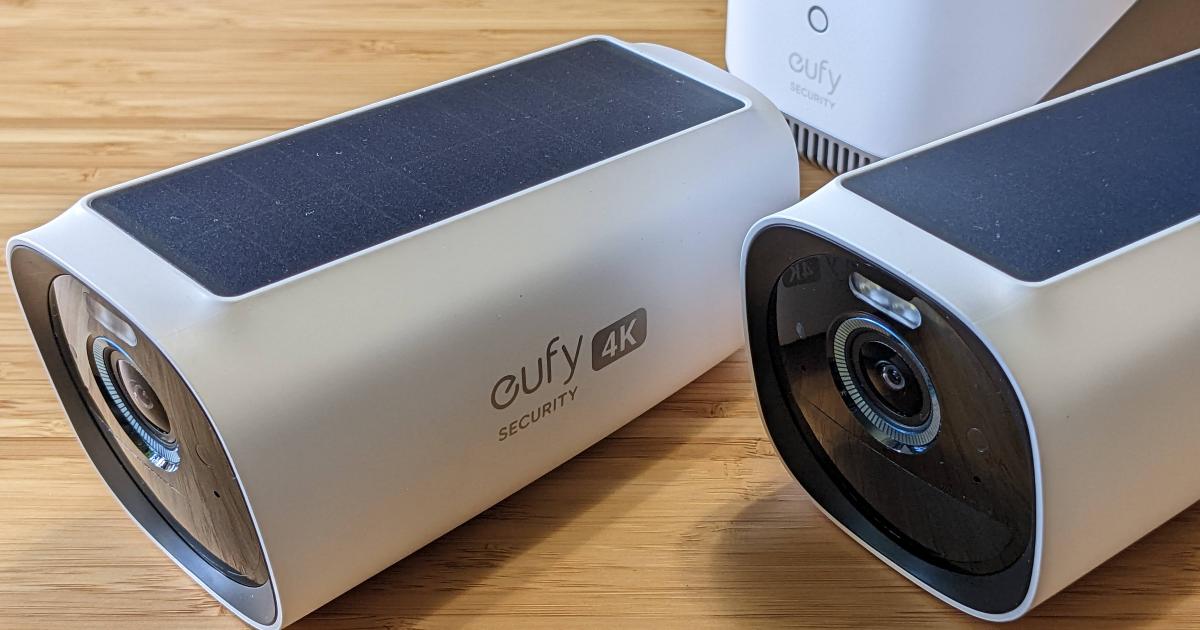Home>Home Security and Surveillance>How Many Plugs Does A Home Surveillance System Require?
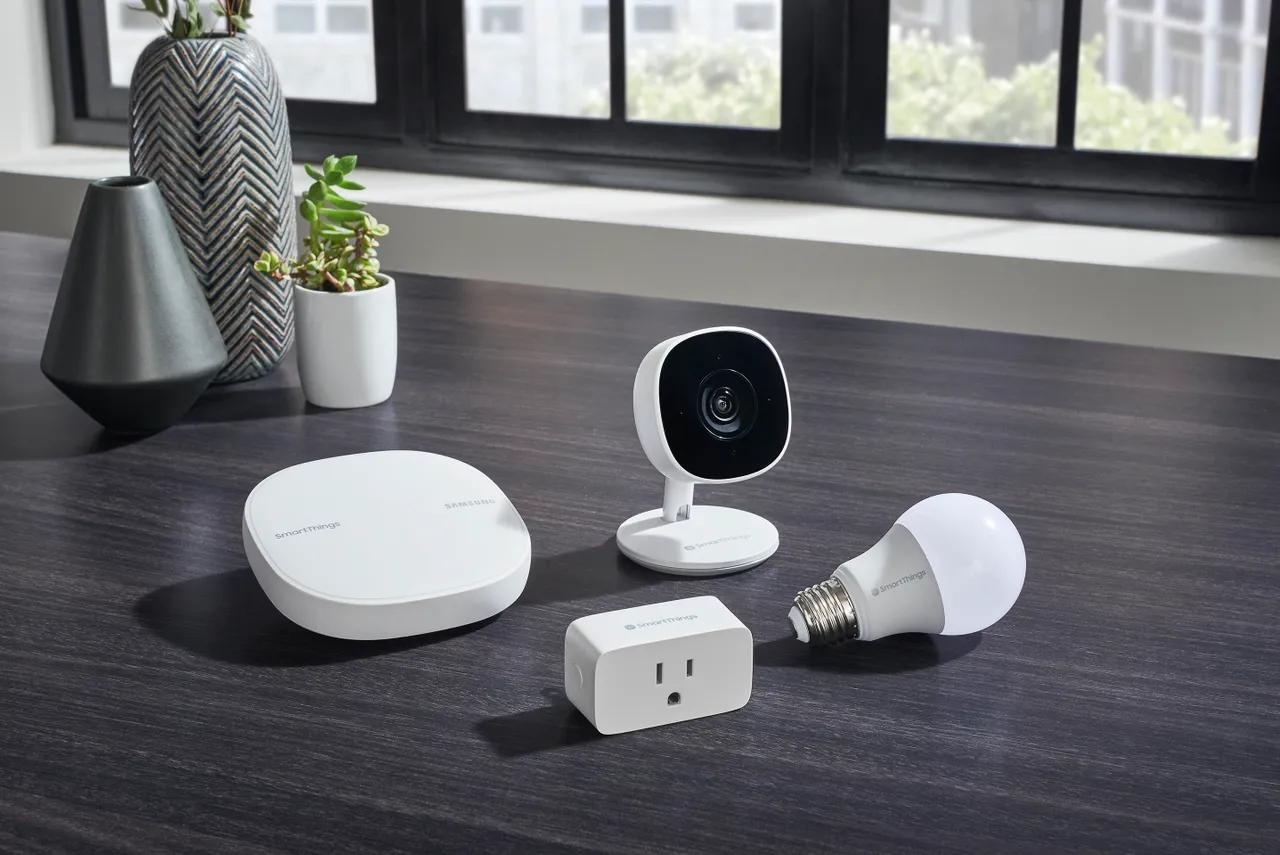

Home Security and Surveillance
How Many Plugs Does A Home Surveillance System Require?
Modified: March 6, 2024
Find out how many plugs you need for your home surveillance system. Get expert advice on home security and surveillance systems. Ensure your home is protected.
(Many of the links in this article redirect to a specific reviewed product. Your purchase of these products through affiliate links helps to generate commission for Storables.com, at no extra cost. Learn more)
Introduction
When it comes to home security and surveillance, having a reliable and effective system in place is crucial. A home surveillance system gives you peace of mind by keeping a watchful eye on your property and loved ones, both when you’re at home and when you’re away.
However, setting up a home surveillance system involves more than just choosing the right cameras and equipment. One important consideration is the number of plugs required to power your surveillance system. Understanding the power requirements of different components can help you plan and set up your system efficiently.
In this article, we will explore the power requirements for various components of a home surveillance system, including surveillance cameras, network video recorders (NVRs), video doorbells, motion sensors, security alarms, and access control systems.
By understanding how many plugs you need for your home surveillance system, you can ensure that all components are adequately powered and functioning optimally to provide the security and peace of mind you desire.
Key Takeaways:
- Setting up a home surveillance system requires understanding the power needs of cameras, NVRs, doorbells, sensors, alarms, and access control. Plan for power sources, battery replacements, and professional help if needed.
- Consider backup power options like batteries or UPS to ensure continuous surveillance during power outages. Understanding and addressing power requirements is crucial for maximizing home security benefits.
Understanding a Home Surveillance System
A home surveillance system is a comprehensive network of devices and equipment designed to monitor and protect your home. It typically includes surveillance cameras, recording devices, motion sensors, alarms, and other components that work together to detect and deter potential intruders.
The primary purpose of a home surveillance system is to provide round-the-clock monitoring and surveillance of your property. Surveillance cameras capture video footage of the surroundings, while recording devices store and manage the recorded data. Motion sensors detect any movement within the specified range, triggering alarms or notifying the homeowner of any potential security threats.
A well-designed home surveillance system offers several benefits:
- Enhanced security: The presence of surveillance cameras alone acts as a deterrent to potential intruders.
- Remote monitoring: Many modern surveillance systems allow you to access live video feeds and recorded footage remotely using a smartphone or computer.
- Evidence collection: In the unfortunate event of a break-in or incident, surveillance footage can serve as valuable evidence for investigation and prosecution.
- Peace of mind: Knowing that your home is being monitored provides a sense of security and peace of mind, whether you are at home or away.
Now that we have a basic understanding of a home surveillance system, let’s delve into the power requirements for its various components.
Number of Plugs Required for a Home Surveillance System
Setting up a home surveillance system involves connecting multiple devices, and each component requires power to operate. To determine the number of plugs required for your system, you need to consider the power requirements of each component and plan accordingly.
It’s important to note that the number of plugs required may vary depending on the size and complexity of your surveillance system. A basic system may only require a couple of plugs, while a more extensive system with multiple cameras, recorders, and accessories may need several plugs.
Here are some key components of a home surveillance system and their associated power requirements:
1. Surveillance Cameras:
Surveillance cameras are the backbone of any surveillance system. They come in different types, including wired and wireless options. Wired cameras typically require a power source, usually through an AC adapter that plugs into a power outlet. Wireless cameras may be battery-powered or require a power source for operating, such as a plug-in adapter or PoE (Power over Ethernet) connection.
2. Network Video Recorders (NVRs):
NVRs are devices used to record and store video footage from surveillance cameras. They are typically connected to the cameras via Ethernet cables or wirelessly. NVRs require a power source to operate, and they usually come with their own power supply or adapter that needs to be plugged into a power outlet.
Read more: How Many Watts Does An Air Conditioner Use
3. Video Doorbells:
Video doorbells are becoming increasingly popular for enhanced home security. These devices combine a doorbell with a camera, allowing you to see and communicate with visitors remotely. Video doorbells usually require a power source, either through a wired connection to an existing doorbell system or by connecting to a power outlet using an adapter.
4. Motion Sensors:
Motion sensors are essential for detecting any movement around your property. They are often used in conjunction with surveillance cameras and trigger alarms or notifications when motion is detected. Motion sensors can be wireless or wired, and wireless sensors may require battery power or a plug-in adapter.
5. Security Alarms:
Security alarms provide an audible alert in the event of a security breach. They are usually connected to the main power supply of your home and may have a backup battery in case of a power outage.
6. Access Control Systems:
Access control systems, such as keyless entry systems or smart locks, may also be part of your home surveillance system. These devices usually require a power source, either through batteries or by connecting to a power outlet using an adapter.
Before installing your surveillance system, it’s important to assess the power requirements of each component and ensure that you have enough power outlets available. Consider the placement of devices, available power sources, and consult an electrician if needed.
By planning and organizing the power requirements of your home surveillance system, you can ensure that all components are properly powered and functioning efficiently to provide the security and peace of mind you desire.
Read more: How Many Volts Does An Air Conditioner Use
Power Requirements for Surveillance Cameras
Surveillance cameras are the essential components of a home surveillance system, capturing video footage to monitor and safeguard your property. When it comes to powering surveillance cameras, there are several options depending on the type of camera and its specific power requirements.
Wired Surveillance Cameras:
Most wired surveillance cameras require a direct power source to operate. They are typically connected to a power outlet using an AC adapter. This setup ensures a consistent power supply and eliminates the need for battery replacements. However, it’s important to ensure that the camera’s power cable is long enough to reach the nearest power outlet or use extension cables if necessary.
Wireless Surveillance Cameras:
Wireless surveillance cameras offer greater flexibility in terms of installation as they eliminate the need for extensive wiring. There are two main types of wireless cameras based on their power requirements:
- Battery-Powered Cameras: These cameras operate on rechargeable batteries, which provide the necessary power to keep them running. Battery life varies depending on factors such as camera usage, video quality, and environmental conditions. It’s important to monitor the battery levels and recharge or replace batteries as needed.
- Plug-In Cameras: Some wireless cameras still require a power source to function, but instead of being directly wired, they come with a plug-in adapter that connects to a power outlet. These cameras offer the convenience of wireless installation while ensuring continuous power supply without the need for battery replacements.
It’s worth noting that newer wireless cameras often use Power over Ethernet (PoE) technology. PoE cameras receive power and transmit data through a single Ethernet cable, simplifying the installation process by eliminating the need for separate power cables. However, PoE cameras require a PoE switch or injector to provide power, so ensure that you have the necessary equipment when opting for this setup.
When installing surveillance cameras, consider the placement of power outlets and the length of cables needed to connect the cameras to the power source. If additional power outlets are required, consult an electrician to ensure safe and proper installation.
By understanding the power requirements of surveillance cameras and choosing the most suitable power source, you can ensure consistent and reliable operation of your home surveillance system.
Power Requirements for Network Video Recorders (NVRs)
Network Video Recorders (NVRs) play a critical role in a home surveillance system, as they are responsible for recording and storing video footage from surveillance cameras. Understanding the power requirements of NVRs is crucial for their proper functioning and ensuring seamless video recording and playback.
NVRs typically require a power source to operate. They come with their own power supply or adapter, which needs to be plugged into a power outlet. The power supply provides the necessary voltage and current to power the NVR and its components.
When setting up your NVR, it’s important to consider the power requirements and the availability of power outlets near the intended location. Depending on the number of cameras and the capacity of the NVR, it may require more than one power outlet. Therefore, it’s advisable to have a power strip or surge protector to accommodate multiple power sources.
It’s worth mentioning that some NVRs also support Power over Ethernet (PoE) technology. With PoE, the NVR can provide power to connected cameras through Ethernet cables, eliminating the need for separate power sources for each camera. In this setup, the NVR acts as a power source for the cameras, simplifying the installation process and reducing cable clutter.
However, for PoE-enabled NVRs, it’s crucial to ensure that your network switch or PoE injector can provide sufficient power to support all connected devices. Different cameras have different power requirements, so it’s essential to check the power budget of your PoE switch or injector to avoid overloading.
When connecting NVRs and cameras using PoE, it’s important to use compatible cables that support both data transmission and power delivery. These cables are often labeled as “PoE cables” or “Ethernet with PoE support”. Ensure that the cables have the necessary wiring to transmit both data and power effectively.
In summary, NVRs require a reliable power source to operate efficiently. Whether using a standard power supply or utilizing PoE technology, it’s important to consider the power requirements of your NVR and have a suitable power setup in place to ensure uninterrupted video recording and storage for your home surveillance system.
Read more: How Many KWh Does An Air Conditioner Use
Power Requirements for Video Doorbells
Video doorbells have gained popularity for their ability to provide enhanced security and convenience by allowing you to see and interact with visitors at your door, even when you’re not at home. When it comes to powering video doorbells, there are a few different options available depending on the model and features of the doorbell.
Here are the main power options for video doorbells:
Wired Connection:
Some video doorbells can be connected to the existing doorbell wiring in your home. This setup requires a wired connection to a transformer or power supply located in your electrical panel. The doorbell gets its power from the transformer, allowing it to function continuously without the need for battery replacements.
When considering a wired connection for your video doorbell, it’s important to check if your home’s existing doorbell wiring is compatible. In some cases, you may need to upgrade or modify your wiring to ensure it can provide the necessary power for the doorbell.
Plug-In Adapter:
Another option for powering video doorbells is by using a plug-in adapter that connects to a power outlet. This method eliminates the need for any wiring modifications and allows for easy installation. The plug-in adapter usually comes with the doorbell or can be purchased separately.
It’s important to ensure that the plug-in adapter provides the correct voltage and current required by the video doorbell. Check the specifications of the doorbell and the adapter to ensure compatibility.
Battery-Powered:
Many modern video doorbells offer battery-powered options, providing flexibility in installation and reducing the dependency on existing wiring or power outlets. These doorbells come with rechargeable batteries that power the device. The battery life varies depending on factors such as usage, video quality, and motion detection settings.
A battery-powered video doorbell often comes with a charging cable or dock for easy recharging. It’s important to monitor the battery level regularly and recharge as needed to ensure uninterrupted operation.
When choosing a battery-powered video doorbell, consider the battery life and the ease of recharging. Some models offer swappable batteries, allowing you to keep spare batteries on hand for quick replacements.
It’s important to note that some video doorbells may offer multiple power options, providing you with the flexibility to choose the method that best suits your needs and preferences.
Before installing your video doorbell, carefully read the manufacturer’s instructions and specifications to determine the power requirements and choose the appropriate power source. Properly powering your video doorbell ensures that it functions reliably, providing you with the convenience and security you desire.
Read more: How Many Amps Does An Air Conditioner Use
Power Requirements for Motion Sensors
Motion sensors are crucial components of a home surveillance system as they detect movement and trigger alarms or notifications to alert you of potential security threats. The power requirements for motion sensors vary depending on the type and model, and there are a few different power options available.
Battery-Powered Motion Sensors:
Many motion sensors are designed to operate on batteries, making them wireless and easy to install. These sensors are typically powered by AA or AAA batteries, offering convenience and flexibility in placement. The battery life can vary depending on factors such as the sensor’s sensitivity settings and the frequency of motion detection. It’s important to monitor the battery level regularly and replace them as needed to ensure uninterrupted functionality.
Plug-In Motion Sensors:
Some motion sensors can be powered by plugging them into a standard power outlet. These sensors usually come with a plug-in adapter or power cord that connects to the sensor. Using a plug-in motion sensor eliminates the need for batteries and ensures continuous power supply, making it a reliable option for long-term use.
Hardwired Motion Sensors:
Hardwired motion sensors are connected directly to the electrical wiring of your home. They require professional installation by an electrician to ensure proper wiring and connection. Hardwired motion sensors are powered through the electrical system of your home, ensuring a consistent power supply without the need for battery replacements. They are typically used for larger-scale security systems or integrated setups.
When selecting motion sensors for your surveillance system, consider the power options that best suit your needs and preferences. Factors such as sensor location, accessibility to power outlets, and the desired level of maintenance should be taken into account.
It’s important to note that wireless motion sensors, whether battery-powered or plug-in, usually communicate wirelessly with the central control panel or receiver of your surveillance system. This wireless communication allows for more flexibility in sensor placement and simplifies installation.
Before installing your motion sensors, ensure that you have the necessary power source available. If using battery-powered sensors, remember to keep spare batteries on hand to prevent any downtime when batteries need replacement. If using plug-in or hardwired sensors, ensure that you have access to nearby power outlets or consult an electrician for proper wiring installation.
By understanding and meeting the power requirements of your motion sensors, you can ensure that they function effectively, providing reliable detection and enhancing the security of your home.
Power Requirements for Security Alarms
Security alarms are an integral part of a home surveillance system, providing audible alerts to signal potential security breaches. To ensure that security alarms function reliably, it is essential to understand their power requirements and have a suitable power setup in place.
The power requirements for security alarms can vary based on the specific alarm system and its components. Here are the common power options for security alarms:
Wired Security Alarms:
Many traditional security alarm systems are hardwired, meaning they are directly connected to the electrical system of your home. These systems typically consist of a control panel, alarm sensors (such as door/window sensors and motion detectors), and a siren or speaker for audible alerts.
Wired security alarms require access to a power outlet to power the control panel and other components. The control panel is usually installed in a central location and connected to the electrical system of your home. It is important to ensure that the control panel has a reliable power supply to ensure uninterrupted operation of the alarm system.
Battery-Powered Security Alarms:
For added security and flexibility, many modern security alarm systems utilize batteries as a backup power source. In the event of a power outage or when the primary power source is compromised, the battery kicks in to power the alarm system and maintain its functionality.
Battery-powered security alarms often come with rechargeable batteries that can be easily replaced or recharged as needed. It is essential to check the battery life and regularly test and replace the batteries to ensure the alarm system is always ready for use.
Wireless Security Alarms:
Wireless security alarm systems have gained popularity due to their ease of installation and flexibility. These systems use wireless communication between the various components, eliminating the need for extensive wiring.
Wireless security alarms can be powered by a combination of battery and plug-in adapters. The control panel and sensors can be battery-powered, while accessories such as a keypad or control panel display may require a plug-in adapter for power. It’s important to be aware of the different power requirements for each component and ensure that they are adequately powered.
When installing a security alarm system, carefully follow the manufacturer’s instructions regarding power requirements and connections. If you are unsure about the power setup or need assistance, it’s recommended to consult a professional security system installer or electrician to ensure proper installation and functionality.
By understanding and addressing the power requirements of your security alarm system, you can ensure that it operates reliably and provides the necessary security and peace of mind for your home.
Power Requirements for Access Control Systems
Access control systems play a crucial role in securing your property by limiting access to authorized individuals. These systems include components such as keyless entry systems, smart locks, proximity card readers, and biometric scanners. Understanding the power requirements of access control systems is essential for their proper functioning and ensuring effective security measures.
The power requirements for access control systems can vary depending on the specific components and their functionalities. Here are some common power options for access control systems:
Battery-Powered Access Control Systems:
Many access control devices, such as keyless entry locks or card readers, are designed to be battery-powered. These devices often use standard batteries, such as AA or AAA, which require periodic replacement or recharging. Battery-powered access control systems provide flexibility in installation, as they can be easily mounted without the need for extensive wiring. However, it is important to monitor battery levels and replace them promptly to ensure uninterrupted operation.
Plug-In Power Supply:
Some access control systems require a stable power supply connected to a standard power outlet. These systems often come with a plug-in power supply or transformer that converts the electrical current to the required voltage and current to power the devices. When utilizing a plug-in power supply, ensure that the power source is reliable and that the voltage and current specifications of the power supply match the requirements of the access control devices.
PoE (Power over Ethernet):
Many modern access control systems utilize Power over Ethernet (PoE) technology. In a PoE setup, power and data are transmitted over a single Ethernet cable, simplifying the installation process and reducing the need for separate power sources. PoE-enabled access control devices, such as card readers or biometric scanners, receive power directly from a PoE switch or injector. When using PoE, ensure that your network switch or injector can provide sufficient power for all the connected devices.
It’s important to note that access control systems often require connectivity to a central control panel or network for proper operation. Depending on the system, this may entail both power and data connections. It’s crucial to consider both aspects when planning the installation of your access control system.
Before installing an access control system, carefully review the manufacturer’s specifications and recommendations regarding power requirements and connectivity. If you’re unsure about the power setup or need assistance, consult a professional installer or an electrician to ensure proper installation and functionality.
By understanding and addressing the power requirements of your access control system, you can ensure that it operates reliably, safeguarding your property and providing efficient and secure access control for authorized individuals.
Conclusion
Setting up a home surveillance system requires careful consideration of power requirements to ensure its efficient and reliable operation. Understanding the power needs of various components such as surveillance cameras, NVRs, video doorbells, motion sensors, security alarms, and access control systems is crucial for planning and setting up your system properly.
Surveillance cameras can be either wired or wireless, requiring power from an AC adapter or batteries. Network Video Recorders (NVRs) typically come with their own power supply or can utilize Power over Ethernet (PoE) technology. Video doorbells can be powered through a wired connection, plug-in adapter, or battery. Motion sensors can be battery-powered, plugged into an outlet, or hardwired. Security alarms require power from either a standard power outlet or batteries for backup purposes. Access control systems may be battery-powered, incorporate plug-in power supplies, or use Power over Ethernet (PoE).
When installing your home surveillance system, it’s important to assess the power requirements of each component and plan accordingly. Consider the availability of power outlets, wiring requirements, and the need for battery replacements or recharging. If necessary, consult professionals such as electricians or security system installers for assistance with proper wiring and connections.
By carefully addressing the power requirements of your home surveillance system, you can ensure that all components are sufficiently powered and functioning optimally. This will provide you with the peace of mind and enhanced security that comes with a well-designed and properly powered home surveillance system.
Remember, a power outage can render your surveillance system temporarily inactive. So, consider having backup power options such as battery backups or uninterruptible power supplies (UPS) to ensure continuous monitoring and security even during power interruptions.
Investing time and effort into understanding and addressing the power requirements of your home surveillance system is crucial for maximizing its security benefits and ensuring the safety of your loved ones and property.
Frequently Asked Questions about How Many Plugs Does A Home Surveillance System Require?
Was this page helpful?
At Storables.com, we guarantee accurate and reliable information. Our content, validated by Expert Board Contributors, is crafted following stringent Editorial Policies. We're committed to providing you with well-researched, expert-backed insights for all your informational needs.
